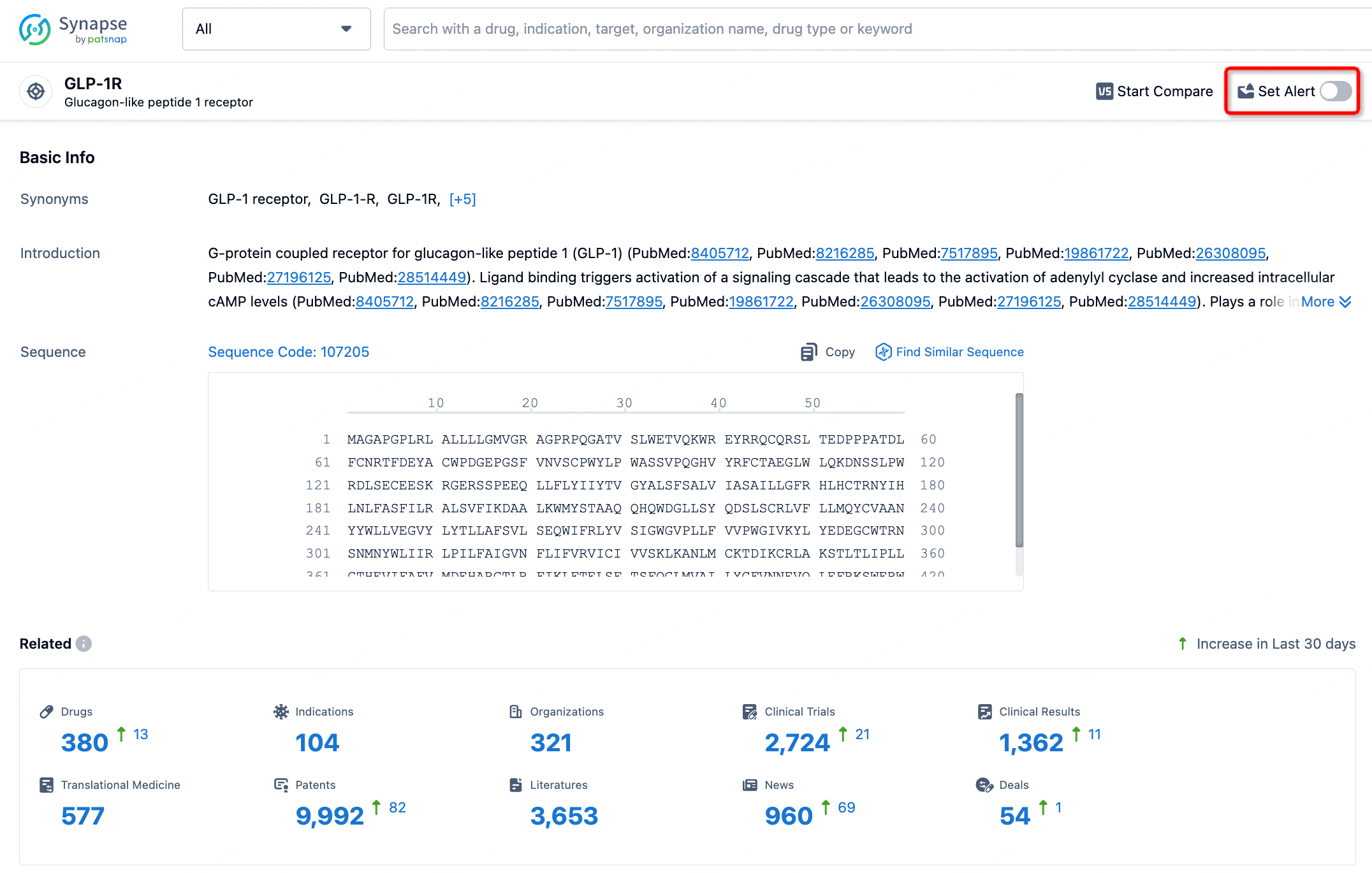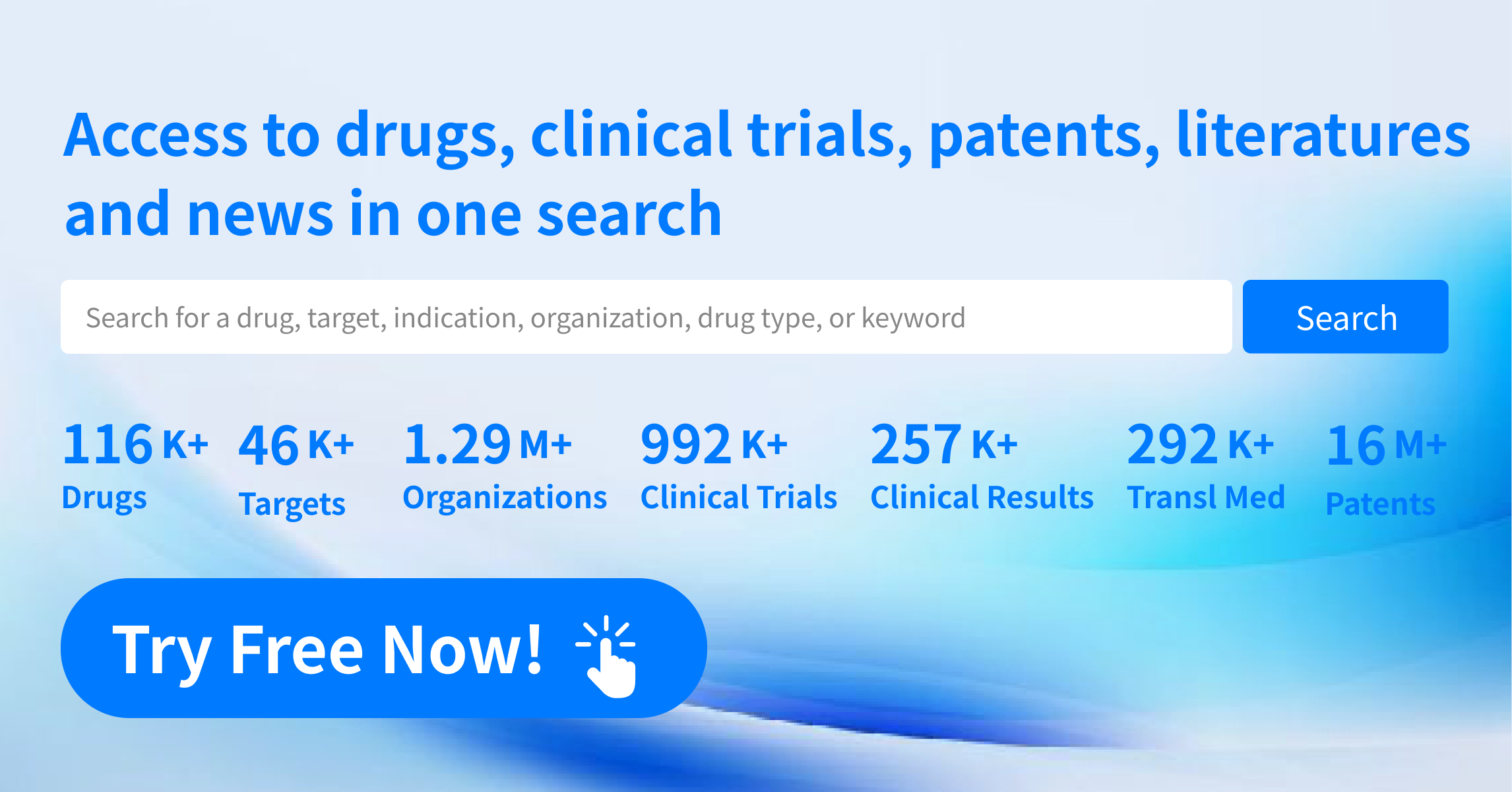Request Demo
What are P-gp inhibitors and how do they work?
21 June 2024
P-glycoprotein (P-gp) inhibitors are a class of compounds that have garnered significant attention in the fields of pharmacology and oncology. These inhibitors target P-glycoprotein, a crucial protein involved in the efflux of various substances, including drugs, across cellular membranes. The inhibition of P-gp can have profound implications for drug efficacy, particularly in treating diseases like cancer where drug resistance poses a significant challenge. This article delves into the workings of P-gp inhibitors, their mechanisms, and their diverse applications in medicine.
P-glycoprotein, also known as multidrug resistance protein 1 (MDR1), is an ATP-dependent efflux pump found in the cell membranes of various tissues, including the liver, kidney, intestine, and blood-brain barrier. Its primary function is to transport a wide range of substrates, including drugs, toxins, and metabolites, out of cells. While this protective role is beneficial for detoxifying cells and tissues, it can also reduce the intracellular concentration of therapeutic drugs, thereby diminishing their efficacy. This phenomenon is particularly problematic in cancer therapy, where P-gp-mediated drug efflux can lead to multidrug resistance (MDR), rendering chemotherapy ineffective. P-gp inhibitors aim to block this efflux mechanism, thereby increasing the intracellular accumulation of therapeutic agents and enhancing their efficacy.
P-gp inhibitors work by binding to the P-glycoprotein and inhibiting its ATPase activity, which is crucial for the energy-dependent transport of substrates. By blocking ATP binding and hydrolysis, these inhibitors prevent P-gp from undergoing the conformational changes necessary for substrate transport. This inhibition can be competitive, where the inhibitor competes with the substrate for the binding site, or non-competitive, where the inhibitor binds to a different site on the protein, causing an allosteric change that impairs its function. Some inhibitors may also work by modulating the expression of the P-gp gene, thereby reducing the levels of the protein available for drug efflux. The result is an increased intracellular concentration of drugs, which can enhance their therapeutic effects and overcome resistance mechanisms.
P-gp inhibitors have found extensive applications in various fields of medicine, most notably in oncology. Cancer cells often overexpress P-gp, leading to decreased intracellular concentrations of chemotherapeutic agents and subsequent treatment failure. By inhibiting P-gp, these compounds can enhance the efficacy of chemotherapy, making cancer cells more susceptible to treatment. Several P-gp inhibitors, such as verapamil, cyclosporine A, and tariquidar, have been studied for their potential to reverse multidrug resistance in cancer therapy. In addition to oncology, P-gp inhibitors are also being explored for their role in improving drug delivery to the brain. The blood-brain barrier (BBB) is a major obstacle for central nervous system (CNS) drug delivery, largely due to the presence of P-gp. Inhibiting P-gp at the BBB can enhance the penetration of therapeutic agents into the brain, offering potential treatments for CNS disorders like epilepsy, Alzheimer's disease, and brain tumors.
Furthermore, P-gp inhibitors are being investigated for their potential to improve the pharmacokinetic profiles of various drugs. By inhibiting P-gp in the intestines, these compounds can increase the oral bioavailability of drugs that are otherwise poorly absorbed due to P-gp-mediated efflux. This can lead to more effective drug therapies and reduced dosing requirements, thereby minimizing side effects. P-gp inhibitors also hold promise in the field of infectious diseases. Certain pathogens, like Plasmodium falciparum (the causative agent of malaria), utilize P-gp-like proteins to expel antimalarial drugs, leading to resistance. Inhibiting these efflux pumps can enhance the efficacy of antimalarial therapies and combat drug resistance.
In conclusion, P-gp inhibitors represent a promising strategy for overcoming drug resistance and enhancing the efficacy of various therapeutic agents. By targeting the efflux mechanisms of P-glycoprotein, these inhibitors can increase the intracellular accumulation of drugs, improve their pharmacokinetic profiles, and offer new avenues for treating diseases that are currently difficult to manage with existing therapies. As research continues to advance, the potential applications of P-gp inhibitors are likely to expand, offering new hope for patients facing drug-resistant conditions.
P-glycoprotein, also known as multidrug resistance protein 1 (MDR1), is an ATP-dependent efflux pump found in the cell membranes of various tissues, including the liver, kidney, intestine, and blood-brain barrier. Its primary function is to transport a wide range of substrates, including drugs, toxins, and metabolites, out of cells. While this protective role is beneficial for detoxifying cells and tissues, it can also reduce the intracellular concentration of therapeutic drugs, thereby diminishing their efficacy. This phenomenon is particularly problematic in cancer therapy, where P-gp-mediated drug efflux can lead to multidrug resistance (MDR), rendering chemotherapy ineffective. P-gp inhibitors aim to block this efflux mechanism, thereby increasing the intracellular accumulation of therapeutic agents and enhancing their efficacy.
P-gp inhibitors work by binding to the P-glycoprotein and inhibiting its ATPase activity, which is crucial for the energy-dependent transport of substrates. By blocking ATP binding and hydrolysis, these inhibitors prevent P-gp from undergoing the conformational changes necessary for substrate transport. This inhibition can be competitive, where the inhibitor competes with the substrate for the binding site, or non-competitive, where the inhibitor binds to a different site on the protein, causing an allosteric change that impairs its function. Some inhibitors may also work by modulating the expression of the P-gp gene, thereby reducing the levels of the protein available for drug efflux. The result is an increased intracellular concentration of drugs, which can enhance their therapeutic effects and overcome resistance mechanisms.
P-gp inhibitors have found extensive applications in various fields of medicine, most notably in oncology. Cancer cells often overexpress P-gp, leading to decreased intracellular concentrations of chemotherapeutic agents and subsequent treatment failure. By inhibiting P-gp, these compounds can enhance the efficacy of chemotherapy, making cancer cells more susceptible to treatment. Several P-gp inhibitors, such as verapamil, cyclosporine A, and tariquidar, have been studied for their potential to reverse multidrug resistance in cancer therapy. In addition to oncology, P-gp inhibitors are also being explored for their role in improving drug delivery to the brain. The blood-brain barrier (BBB) is a major obstacle for central nervous system (CNS) drug delivery, largely due to the presence of P-gp. Inhibiting P-gp at the BBB can enhance the penetration of therapeutic agents into the brain, offering potential treatments for CNS disorders like epilepsy, Alzheimer's disease, and brain tumors.
Furthermore, P-gp inhibitors are being investigated for their potential to improve the pharmacokinetic profiles of various drugs. By inhibiting P-gp in the intestines, these compounds can increase the oral bioavailability of drugs that are otherwise poorly absorbed due to P-gp-mediated efflux. This can lead to more effective drug therapies and reduced dosing requirements, thereby minimizing side effects. P-gp inhibitors also hold promise in the field of infectious diseases. Certain pathogens, like Plasmodium falciparum (the causative agent of malaria), utilize P-gp-like proteins to expel antimalarial drugs, leading to resistance. Inhibiting these efflux pumps can enhance the efficacy of antimalarial therapies and combat drug resistance.
In conclusion, P-gp inhibitors represent a promising strategy for overcoming drug resistance and enhancing the efficacy of various therapeutic agents. By targeting the efflux mechanisms of P-glycoprotein, these inhibitors can increase the intracellular accumulation of drugs, improve their pharmacokinetic profiles, and offer new avenues for treating diseases that are currently difficult to manage with existing therapies. As research continues to advance, the potential applications of P-gp inhibitors are likely to expand, offering new hope for patients facing drug-resistant conditions.
How to obtain the latest development progress of all targets?
In the Synapse database, you can stay updated on the latest research and development advances of all targets. This service is accessible anytime and anywhere, with updates available daily or weekly. Use the "Set Alert" function to stay informed. Click on the image below to embark on a brand new journey of drug discovery!
AI Agents Built for Biopharma Breakthroughs
Accelerate discovery. Empower decisions. Transform outcomes.
Get started for free today!
Accelerate Strategic R&D decision making with Synapse, PatSnap’s AI-powered Connected Innovation Intelligence Platform Built for Life Sciences Professionals.
Start your data trial now!
Synapse data is also accessible to external entities via APIs or data packages. Empower better decisions with the latest in pharmaceutical intelligence.


